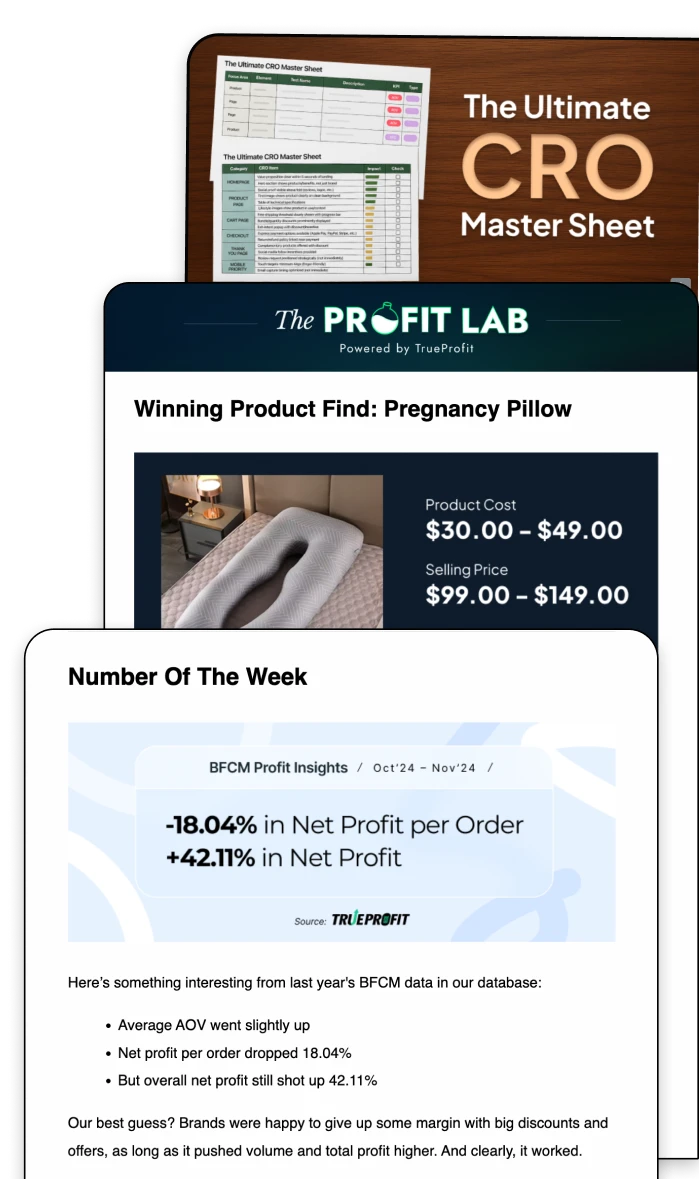Margin vs Profit: Key Differences and How to Use
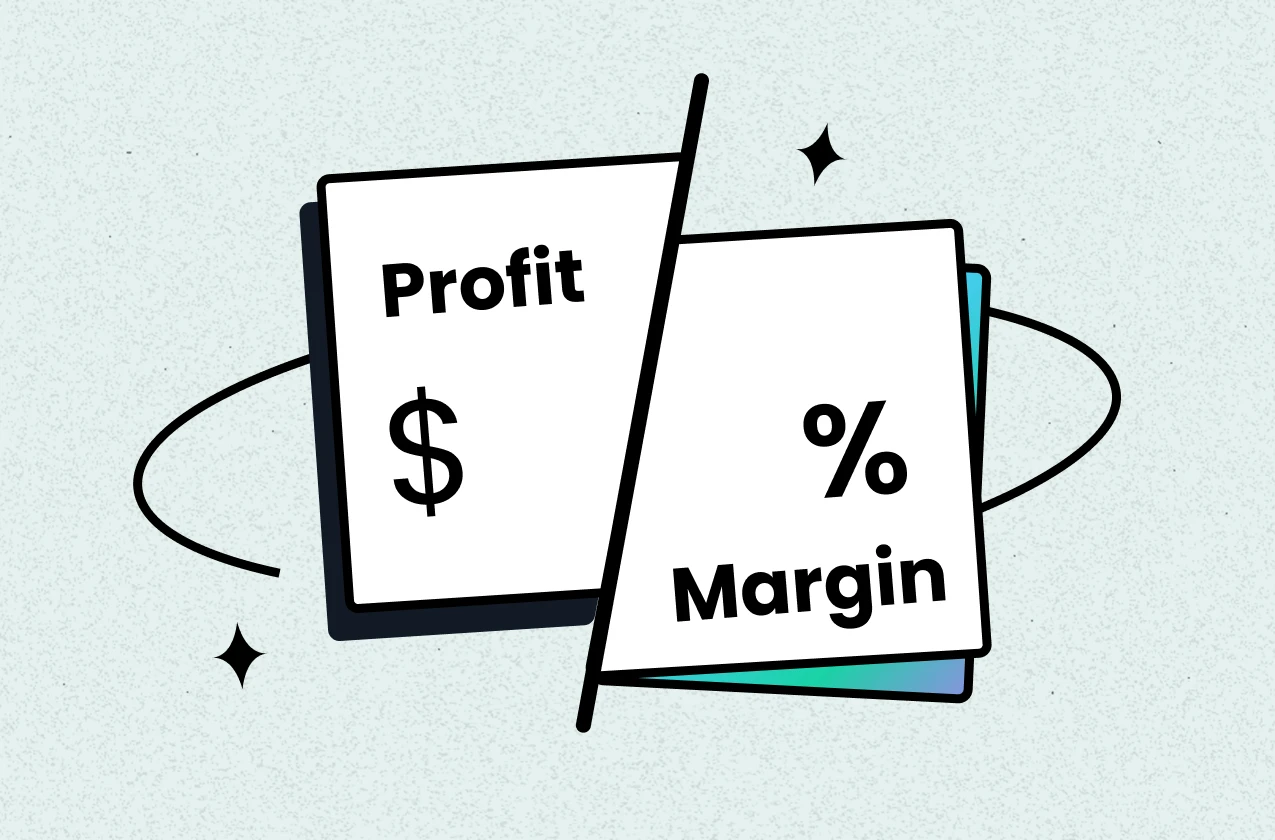
Margin refers to the percentage of revenue that remains as profit after specific costs have been deducted from sales. Profit is the amount of money your online store keeps after subtracting all costs from total sales revenue.
Margin vs profit are core metrics for understanding your store’s true profitability. While they’re related, they reveal different insights into your company's performance and profitability.
Let's dive deep into what margin and profit really mean and how to leverage them effectively.
Margin vs Profit: Definition and Formula
Profit is the actual amount of money your business earns after all expenses are subtracted from revenue. Margin, on the other hand, is the percentage of revenue that turns into profit—it's a way to measure profitability relative to sales.
What is Profit?
Profit is the amount of money your online store keeps after subtracting all costs from total sales revenue. These costs include the cost of goods sold (COGS), shipping cost, payment processing fees, marketing expenses, operating costs, and taxes.
Profit comes in 3 different types, each telling you something specific about your store’s health:
1. Gross Profit
Gross profit is the amount remaining after subtracting the cost of goods sold (COGS) from total revenue. It is calculated by


2. Operating Profit
Operating profit is the profit a business makes after paying for operating expenses, but before interest and taxes are deducted. Calculate it using:


3. Net Profit
Net profit is the final amount of profit a business earns after all expenses have been deducted from total revenue.
It is calculated as:


What is Margin?
Margin refers to the percentage of revenue that remains as profit after specific costs have been deducted from sales. It is used to measure how efficiently an online store converts sales into profit.
There are 3 main types of margin.
1. Gross Profit Margin
Gross profit margin is the percentage of revenue that remains after subtracting the cost of goods sold (COGS) from total sales.
2. Operating Profit Margin
Operating profit margin is the percentage of revenue remaining after subtracting the cost of goods sold (COGS) and all operating expenses from total sales.
3. Net Profit Margin
Net profit margin is the percentage of revenue remaining after all expenses, including COGS, operating expenses, interest, and taxes, have been deducted from total sales.


Critical Differences Between Margin and Profit
Margin and profit are closely linked business performance metrics, but they tell you different things about your store’s performance.
Definition
Profit refers to the absolute dollar amount remaining after all expenses are deducted from revenue. Margin refers to the percentage of revenue retained as profit after costs.
Unit of Measurement
Profit is expressed in monetary terms (e.g., $10,000), providing a clear figure for earnings. Meanwhile, margin is expressed in percentage terms (e.g., 20%), showing the proportion of profit relative to revenue.
Use Case
Margin vs profit serve different purposes in profitability analysis and operational decision-making.
Gross margin helps you spot products that drain cash before you sink ad dollars into them. If your margins are thin, you will hustle for sales without building profit.
Profit can work best as an honest indicator of your business health. If your net profit is low even with strong revenue, it is a sign something is off. Maybe your ad strategy needs work. Maybe your products need better margins. Maybe your overhead is bloated.
Both profit and margin are critical for understanding financial performance. Relying solely on profit may overlook pricing and cost inefficiencies, while focusing only on margin may ignore cash flow constraints. As Harry Chu, the founder of TrueProfit has put it: "At the end of the day, the only number that truly tells you whether you're winning or losing in business is your net profit."
Benchmarks for Good Margin and Good Profit
What is a Good Margin?
For most eCommerce stores, a net profit margin of 10-20% is considered a good margin. This means for every $100 in sales, you keep $10–$20 after covering all costs.
A higher margin (20% or above) suggests strong pricing, good cost control, and operational efficiency.
A lower margin (below 10%) may indicate high costs, heavy discounting, or pricing issues, signaling the need to review expenses or pricing strategies.
Yet, what counts as a “good” margin also depends on your business model, industry, and goals—this matters if you’re aiming for a high-profit-margin business.
Electronics and low-ticket dropshipping often have lower margins (5–10%) due to competition and slim markups.
Niche brands with strong positioning or higher-ticket products can achieve margins of 20–30% or more.
Meanwhile, 50–70% is a good gross profit margin for small stores.
What is a Good Profit?
There’s no single number that defines “good profit.” It depends on your business size, goals, and how you want your store to support your life.
At the core, a good profit pays you as the owner, covers taxes, funds growth, and leaves a cushion so your business isn’t living paycheck to paycheck.
But we’ll give you some benchmarks to keep in mind:
New stores often start with smaller profits, around $500–$2,000/month, as you test products, ads, and channels while finding product-market fit.
Growing stores typically aim for $5,000–$10,000/month in net profit. At this stage, profit funds inventory cycles, ad scaling, hiring your first team members, and building cash reserves so you can take bigger swings.
Established brands often target consistent 10–20% net profit margins. This allows you to turn high revenue into actual wealth, invest in systems, and protect your business during slow months.
Stay on Top of Profit & Margins with Ease
At the end of the day, knowing the difference between margin and profit helps you see the full picture of how your business is really doing. Margin tells you how efficient your pricing is, while profit shows what’s actually ending up in your pocket. You need both to make smart decisions — especially when costs, fees, and ads start stacking up.
If keeping track of all that sounds like a headache, you’re not alone. That’s exactly why TrueProfit exists. It gives you real-time clarity on your profit and margins — after every fee, cost, and campaign — so you’re never left guessing.
👉 Check out TrueProfit and start making data-backed decisions with confidence.
Leah Tran is a Content Specialist at TrueProfit, where she crafts SEO-driven and data-backed content to help eCommerce merchants understand their true profitability. With a strong background in content writing, research, and editorial content, she focuses on making complex financial and business concepts clear, engaging, and actionable for Shopify merchants.





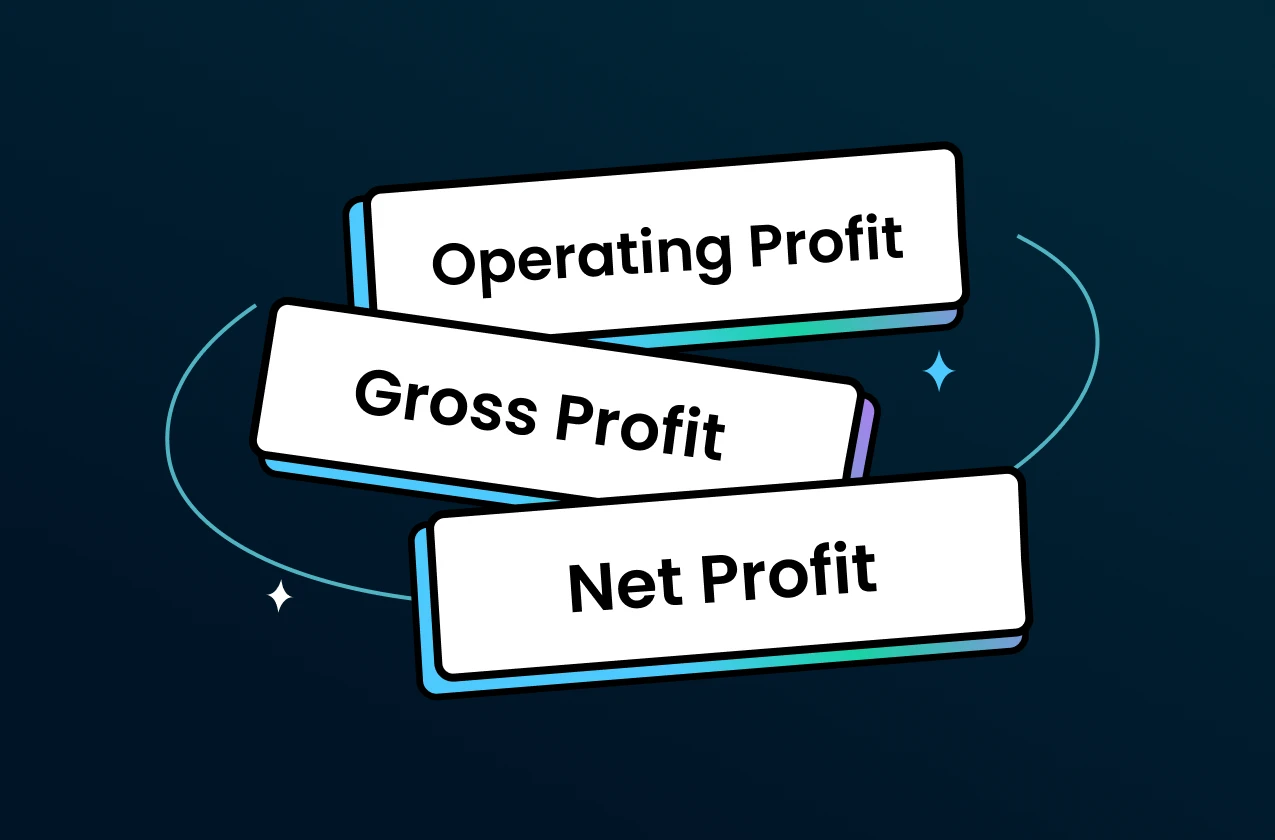
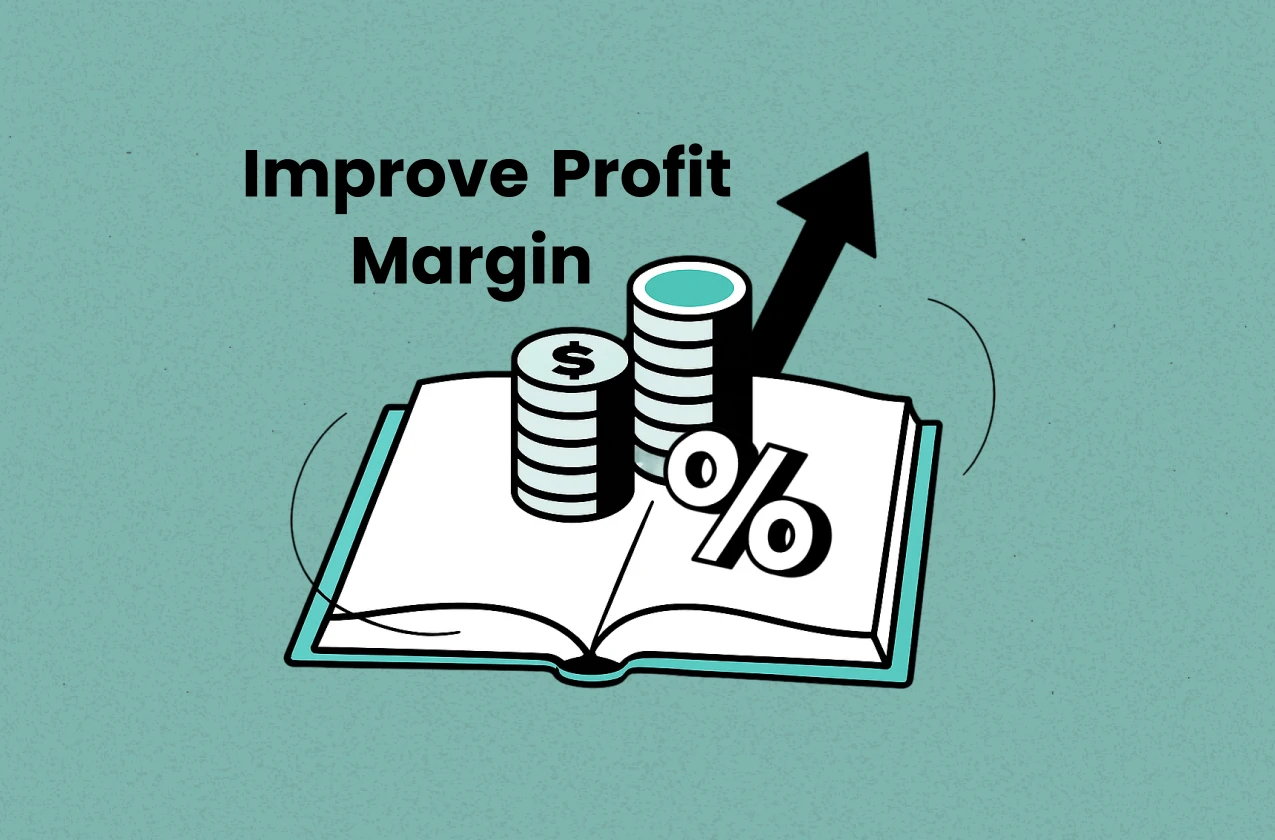
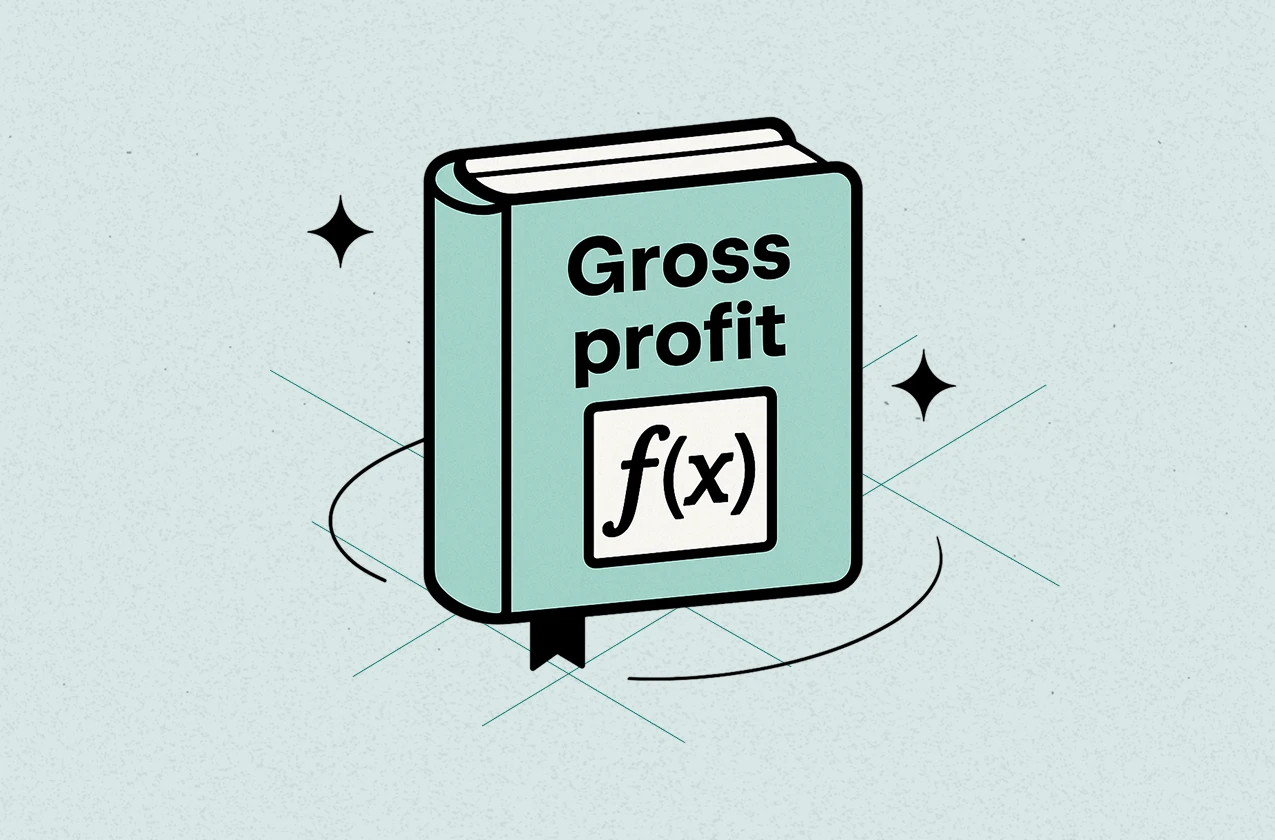

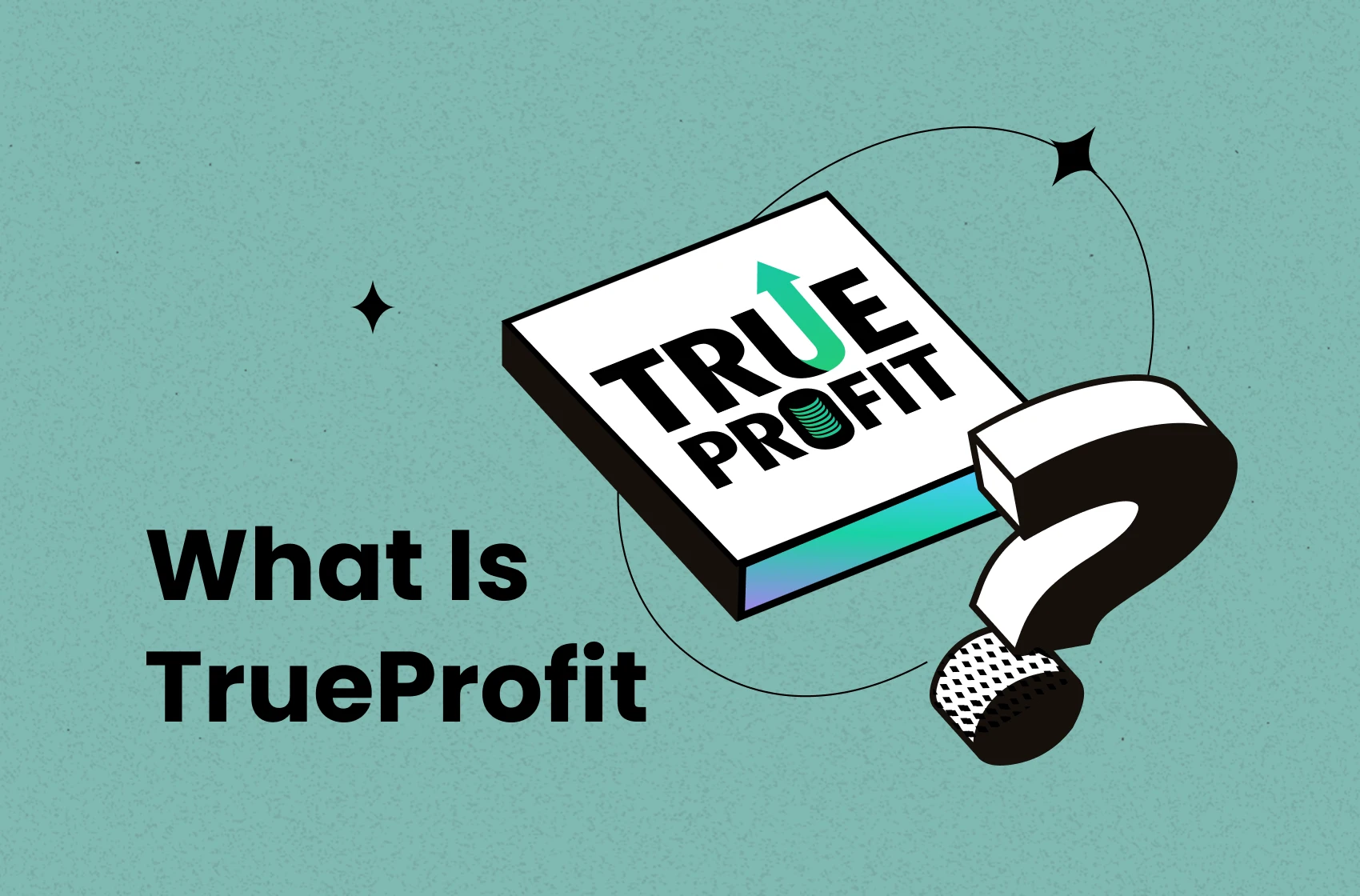
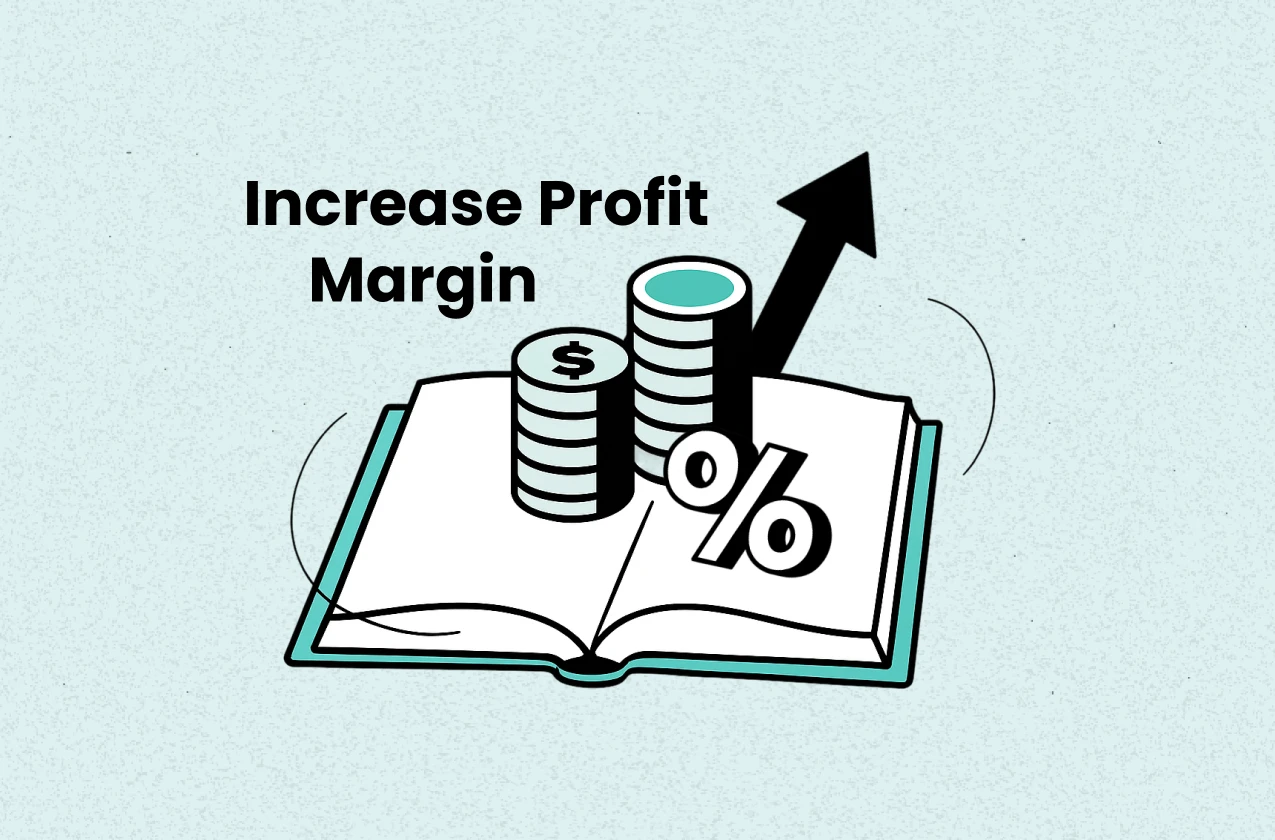
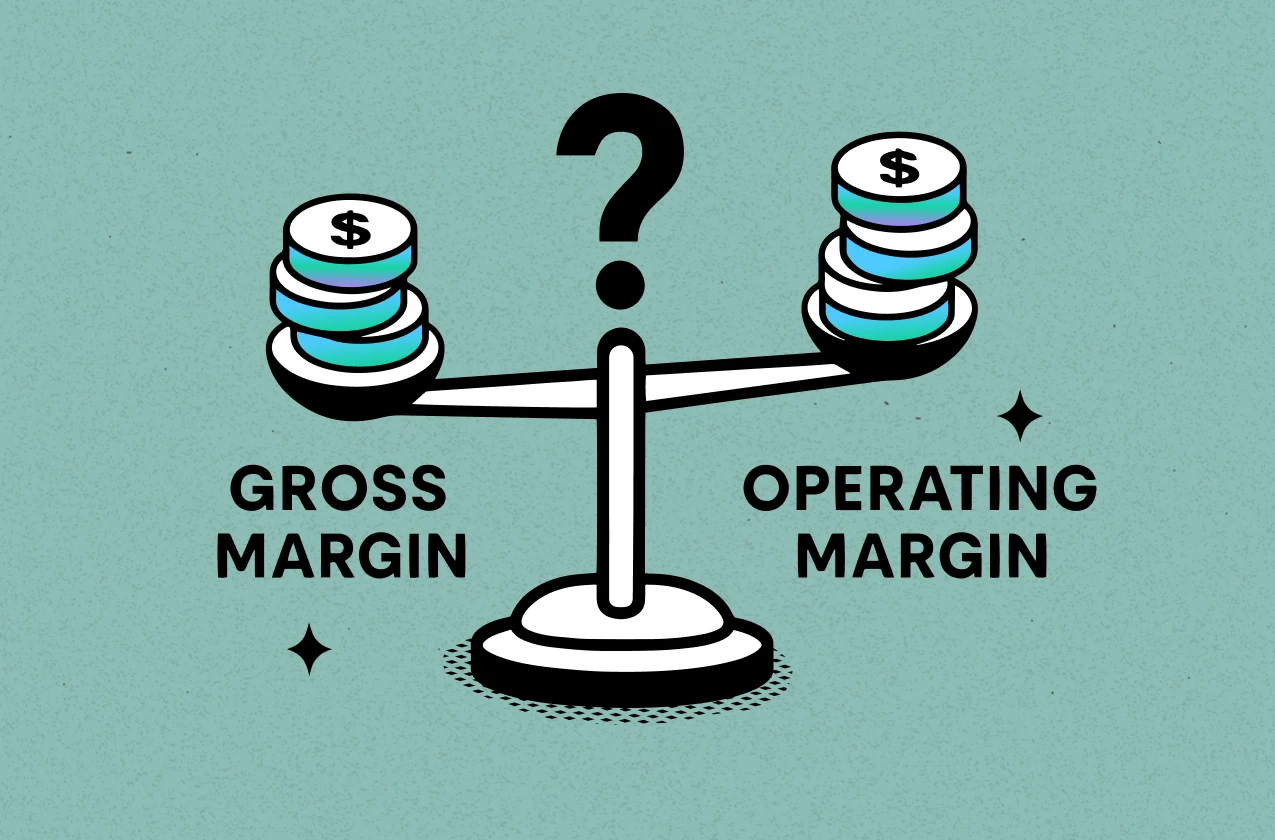
 Shopify profits
Shopify profits